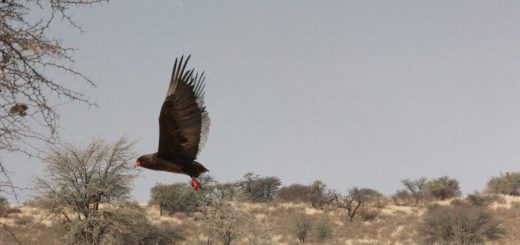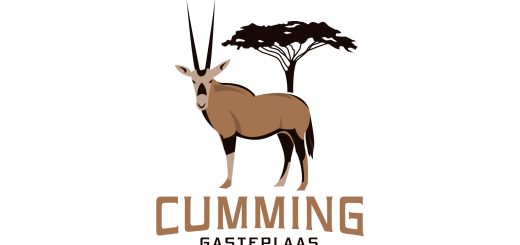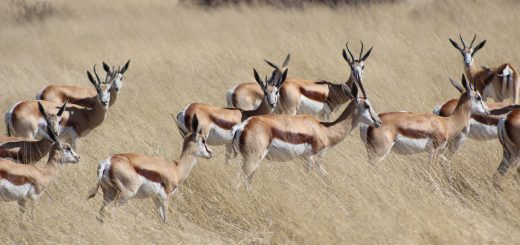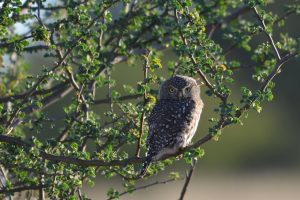Have you ever wondered where, when and how giraffe?!
In this time of year in the Kalahari the days are sunny and lovely, but at night temperatures drop to well below zero. Various game farms and farmers have trouble with pipes and water holes that often get frozen solid. So how is Jannie coping with these challenges?
Giraffes have unique adaptations as opposed to their closest relatives, cows and okapis. With their long necks, giraffe hearts pump approximately two meters up to have blood reach their brains. In a giraffe’s body there are three great challenges to their anatomy:
- Their cardiovascular system must maintain blood pressure homeostasis.
- Their skeleton that supports a very elongated body mass.
- Their nervous system that must rapidly relay signalling over long neural networks.
These challenges are not faced by any other land mammal. Luckily, giraffe has adapted in the following ways to meet these challenges head on.
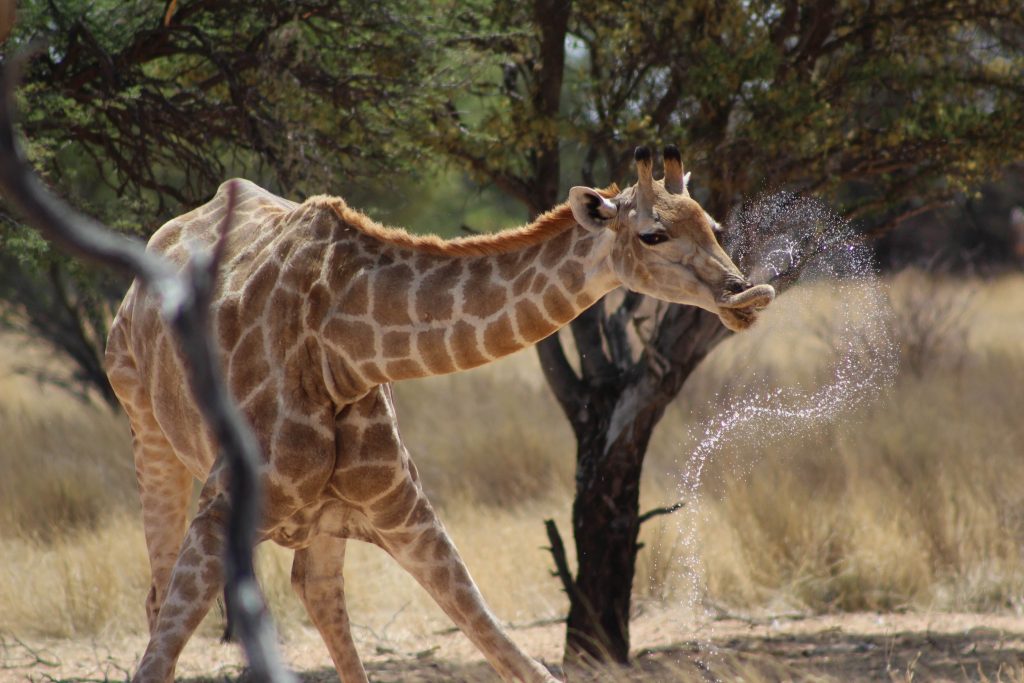
Giraffes have a turbocharged heart
Giraffes are adapted such that their hearts can regulate blood pressure over a height of six meters. This means that they can maintain cardiovascular homeostasis regardless of the position of their head or brain. In plain terms, the average giraffe has an average blood pressure two and a half times that of the average human. To accommodate the speed at which blood must flow, the giraffe has an enlarged left ventricle as well as thickened blood vessels in the lower part of its body.
The acacia leaves and seedpods that giraffe feed on are extremely nutritious, but also have toxins in that would destroy the microbes of cattle and okapi. However, the proteins in these plants are crucial for lactate transport and metabolic functions that accommodate the antelope’s complicated cardiovascular functions.
How does such an elegant structure sustain such a large amount of weight?
The average adult giraffe can easily reach up to one tonne in weight. The nuchal ligament is greatly thickened and runs down the dorsal surface of the vertebrae and attaches to the anterior thoracic vertebrae. In simpler terms, the bone of the neck and head is thickened to accommodate its weight. Although, the giraffe’s neck has the same number of vertebrae as humans ie seven.
Evolutionary changes in DNA
When observing a giraffe as opposed to a cow or okapi, there must have been some dynamic adaptions that started with the simple DNA proteins. Upon closer research comparing the okapi and giraffe, the giraffe showed 70 genes that showed multiple signs of adaptation. These genes represent those of skeletal, cardiovascular, and neural development. All of these are directly linked to the bodily changes of giraffe.
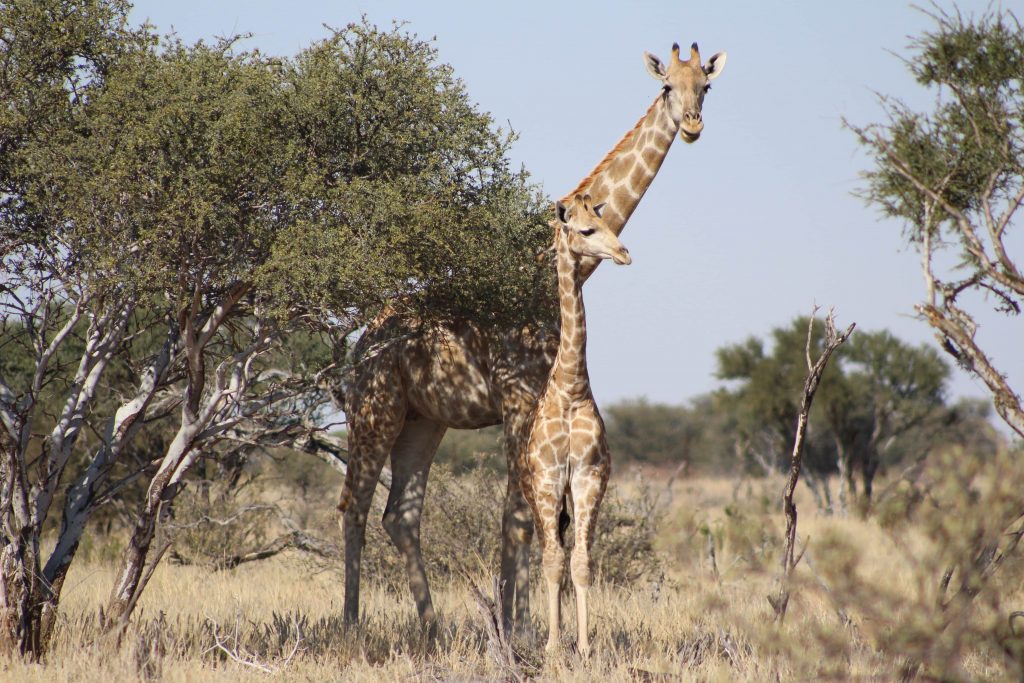
Incredible to think that these changes started from some antelope trying to reach some tall leaves.
At the end of the day it is admirable to think how the giraffe adapted to survive in the Kalahari desert. Even more so, the elegant giraffe showcases how every little bit adds up to big change. Every little gene that adapted ever so slightly all added up to become the tallest living land mammal today.
This article is a snapshot of the most important adaptions of how a giraffe, such as Jannie, has adapted to survive in the Kalahari. If you’d like to read more please click on this link.


